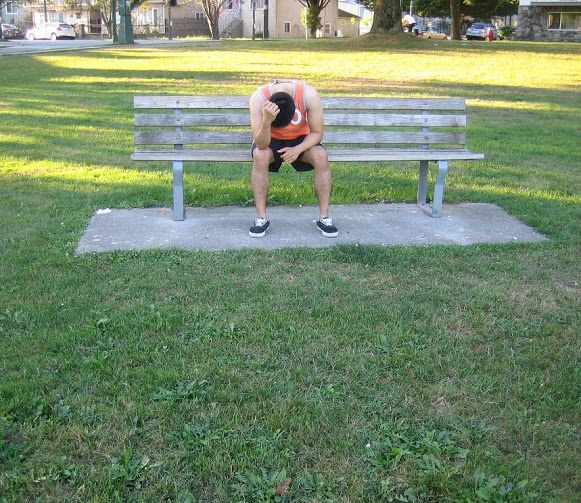The spinal cord is comprised of nerve bundles and nerve cells that transmit messages from the brain to different parts all over the body. It runs from the base of the brain up to the level of the waist. It is protected by the backbone or vertebrae that makes up the spinal column.
Indications of spinal cord injury
The indications of a spinal cord injury usually depend on the site of the damage and if the damage is complete or partial. If there is full loss of muscular control and sensation, it is called complete.
If there is some muscle control and sensation, the injury is considered incomplete. The injuries that affect the higher region of the spinal cord usually results to more severe symptoms.
What to do during an emergency?

Right after a traumatic accident, the immediate indications of a spinal cord injury can include pain, numbness, weakness, confusion, paralysis, difficulty breathing and dizziness. If an individual is suspected with an injury to the neck, head or back, the following must be done:
- Call for emergency assistance.
- Do not attempt to move an individual suspected with an injury.
- Roll up towels or blankets and place on either side of the head or hold the head of the individual in between your hands. Make sure that the head and neck are still.
- Perform any first aid measures needed such as CPR or apply pressure to the wound while keeping the head and neck still.
Remember that paralysis is a usual symptom of a spinal cord injury. Paralysis involves loss of ability to move a body part. Once this occurs, there is lack of sensation or limited feeling in the affected area.
How does this injury occur?
A traumatic spinal cord injury is usually brought about by a significant strike to the spinal column which impairs the spinal cord or the adjacent vertebra which pinches the cord.
Take note that this type of injury can result from a vehicular accident, fall, sports injury or an assault. Oftentimes, further damage occurs in the following days due to bleeding, swelling and buildup of fluid in the spinal column that places increased pressure on the cord.
It can also occur due to a disease such as polio or arthritis. Other potential risk factors such as osteoporosis or the aging process can deteriorate the spinal column, thus making an individual at risk for spinal cord injury.
Quick Note / Disclaimer
The material posted on this page on spinal cord injury is for learning and educational purposes only. To learn to recognize and manage spinal injuries including spinal cord injury, register for a first aid and CPR course with Red Deer First Aid.
Is recovery possible?
The recovery will depend on the severity of the injury. Most are able to recover within the initial 6 months after the injury. Nevertheless, some continue to make progress beyond that range. The doctor will determine how the recovery will be and how long it will take.

